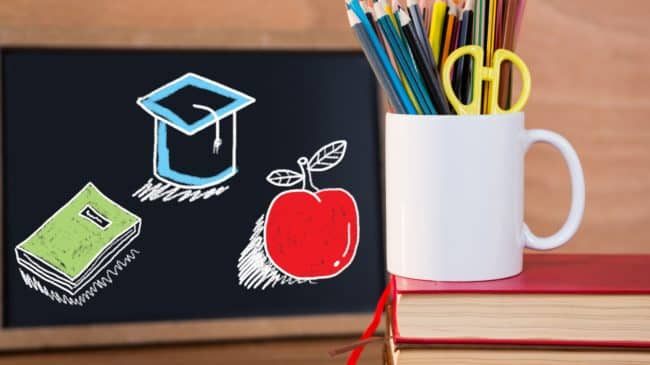The public education system doesn’t look like it did two decades ago. In addition to dealing with ambitious and failed federal accountability programs such as No Child Left Behind and Common Core, schools have also had to weather financial storms wrought by shrinking student populations and unstable revenues following the Great Recession. In the eyes of some who defend the public education system, the significant expansion of school choice programs over this period have only made pressures worse. Some, like former Assistant Education Secretary Diane Ravitch and teachers’ union leader Randi Weingarten, argue that both private and public school choice contribute to financial strain on districts, while charter and private schools get to shirk top-down accountability and play by different rules.
They’re not completely wrong, of course—because playing by different rules and disrupting the status quo is kind of the point.
Since the adoption of the first charter school laws and private school voucher programs in the 1990s, choice programs have grown substantially, with more than 1.4 million students currently using publicly funded private school scholarships and more than three million enrolled in charter schools. Moreover, dozens of states have adopted policies requiring public schools to accept students from other neighborhoods. Education Next finds that nearly one in four public school families are now exercising public school choice. Some states with robust choice programs, like Arizona, have attendance zones where nearly 50 percent of their students don’t attend their residentially assigned schools. Unsurprisingly, this growth in options has added to the challenges the traditional public school system is facing.
Since states generally fund school districts based on their enrollment, a district that loses students loses money. But scaling down operations to avoid going into debt as students move isn’t an easy thing for most school districts to do. School districts are typically built to grow, not shrink. Laying off staff and even halting hiring are huge political challenges all their own. Add to that the impossible politics of having to close and sell school buildings, change bus routes, and divert classroom resources toward paying off debt, and it becomes clear why many school districts that face declining enrollment are going bankrupt.
But choice programs are very rarely the major reason for school district financial pressures and declining enrollment. Many other factors are in play.
According to the National Center for Education Statistics, 19 states are projected to see overall declines in student-age populations for reasons that include low fertility rates and families leaving to pursue better economic opportunities elsewhere. And in large districts like Detroit Community Schools, thousands of resident students are attending school in other districts—not just charter schools or private schools. School districts also don’t help themselves when they hire more staff even as they see student populations hold steady or shrink.
In the limited instances that school choice programs may have played a substantial role in exacerbating financial problems, they’ve only highlighted inherent weaknesses in the district model.
In recent decades, state and federal policymakers have attempted to ratchet up district accountability, which means monitoring the performance of schools and students and designing rules to incentivize improvement. Yet by allowing families to choose more independent schools that aren’t necessarily subject to the same rules, school choice programs have thrown a wrench into the idea of top-down accountability.
This has raised inconvenient questions about how much test scores matter in comparison to other life outcomes, how schools and classrooms should be run, and to what extent families should be allowed to decide what’s best for their own children. School choice has also challenged the efficacy of rigid accountability initiatives by producing superior results for kids.
Critics are right that school choice has taken some toll on the stability of the public education system. But that’s a good thing. The growth of choice has helped expose the realities and shortcomings of many traditional public school districts, such as how kids aren’t being funded equally, the financial fragilities of the district model, the lack of quality at some schools, and how different students need different environments to learn. Opponents pointing the finger at choice for being disruptive need to remember that it’s the families themselves that are rocking the system by fighting to get their kids a better education.
This column originally appeared on TheAmericanConservative.com.

